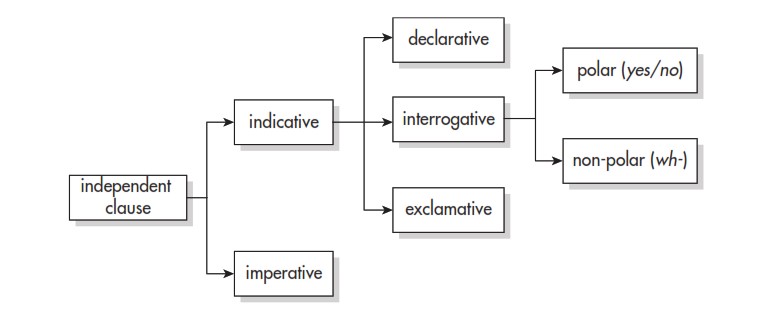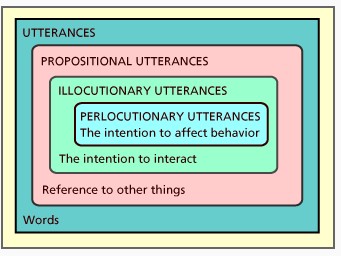Semana 1 – apresentação do curso
Prezados alunos e alunas,
Tudo bem? Espero encontrar todos e todas com saúde e em paz.
Boas-vindas. Parabéns por ter chegado até aqui! Sei dos obstáculos enfrentados e os sacrifícios empreendidos para se manter em uma universidade. Mas você venceu e, agora, quero te ajudar a continuar vencendo.
Eu sou o Professor Marcello de Oliveira Pinto. Estarei com vocês aqui nesta disciplina. Nesta apresentação, vou descrever um pouco o curso que você está iniciando e o que você lê aqui reverbera o que já comentamos em sala.
Organização
A disciplina será ministrada em 15 aulas de acordo com o calendário da faculdade. Ao longo dos semestres, faremos os ajustes necessários para que o curso possa se adaptar ao seu contexto. Caso seja preciso fazer algum evento on-line o link será sempre este
meet.google.com/jqw-aebk-pfp
Recursos didáticos
o material do curso está aqui
Importante – para ativar e rever o conhecimento da língua que o curso demanda apresento algumas atividades de prática linguística que deverão ser feitas em paralelo ao conteúdo apresentado no curso.
Advanced Language Practice – (unidades 7, 8, 18, 19, 27 e páginas 265, 267, 270, 273, 276, 282, 284, 290, 293)
Avaliação
Vocês serão avaliados da seguinte forma: Duas notas comporão sua média final (MF).
A primeira (N1) será composta pela soma das atividades que vocês farão ao longo do curso, totalizando 10 pontos.
A segunda (N2) será composta por uma atividade final, totalizando também 10 pontos.
A média final será a soma das duas notas e para aprovação imediata é preciso que essa média seja igual ou maior que 7 pontos.
importante: somente os alunos devidamente inscritos podem participar da disciplina. Caso você não esteja inscrito, por gentileza procurar a secretaria do seu curso. O docente não inclui ou faz a inscrição do aluno na turma.
Qualquer dúvida sobre as médias para aprovação, prova final, o que é o CR, calendário acadêmico e demais regulamentos, visitem o site da UERJ
Bom trabalho!
Atividade 1
Este é o nosso Padlet, um mural interativo onde podemos postar algumas notas (posts), imagens, comentários.
Nossa primeira atividade é exatamente inserir nossos Haikus.
Essa atividade já te garante 10 pontos para a primeira nota. Você tem até a proxima aula para garantir os pontos (ou seja, faça a sua postagem até o dia 26/10/22. Atenção: se você enviar até o prazo, o trabalho valerá 1 ponto. Se você enviar depois disso, passa a valer metade, ou seja, 0,5. Todas as atividades pontuadas e com data limite de entrega seguirão a mesma lógica.
Semana 2 – sentence basics


Semana 3 – pragmatic watebasket
perform the short dialogues with a partner
A: So—did you?
B: Hey—who wouldn’t?
A: there’s a bookshop over there
B: no!
A: why not?
B: tired!
Pragmatics is the study of the relationships between
linguistic forms and the users of those forms. It (…)
allows humans into the analysis. The advantage
of studying language via pragmatics is that one can talk about
people’s intended meanings, their assumptions, their purposes or
goals, and the kinds of actions (for example, requests) that they
are performing when they speak. The big disadvantage is that all
these very human concepts are extremely difficult to analyze in a
consistent and objective way. Two friends having a conversation
may imply some things and infer some others without providing
any clear linguistic evidence that we can point to as the explicit
source of ‘the meaning’ of what was communicated. (Yule, G. Pragmatics. 2005)
now, take a look at this video
now time to work! do the following exercises
downing – Unit 16, exercise 1, p. 170
Post scriptum
Teaching Pragmatics

Understanding the pragmatics of a language helps learners use language appropriately in different situations, but what does pragmatics mean for the English language teacher? It is important to realize that there is no one best way to teach pragmatics. Teachers can build information on pragmatics into existing lesson plans, or they might add information or lessons on pragmatics as the need becomes evident. (…) Lessons on pragmatics often relate to different language functions, such as greetings, requests, complaints, invitations, and apologies and often include the home culture and the target culture, but they might also include other cultures as well.
semana 4 – looking back
Our class today is an invitation to look back into what we have studied up to now. And I hope it is not in anger. And as we are looking back, I invite you to take a look in how movie pictures trailers were in the late 50´s. Here is one, presenting Looking back in anger, an adaptation of the play under the same name by John Osborn.

“Written in 17 days Look Back in Anger was a strongly autobiographical piece based on Osborne’s unhappy marriage to actress Pamela Lane. While Osborne aspired towards a career in theatre, Lane was more practical and materialistic. It also draws from Osborne’s earlier life; for example, the wrenching speech of witnessing a loved one’s death was a replay of the death of his father, Thomas. What it is best remembered for, though, are Jimmy’s tirades. Some of these are directed against generalised British middle-class smugness in the post-atomic world. Many are directed against the female characters, a very distinct echo of Osborne’s uneasiness with women, including his mother”.
what do you look back in anger?
what have we seen until now?
1. Speech acts are the acts we perform through words (statements, questions, exclamations and directives, the latter covering orders, requests and instructions among others).
2. Each of these basic speech acts is associated in the grammar with a type of clause: the declarative is typically used to encode a statement, the interrogative a question, the imperative a directive and the exclamative an exclamation. These are the direct correspondences between form and function that we refer to as direct speech acts.
3. Indirect correspondences are also common in English. Thus declaratives, as well as encoding statements, can be used to ask questions, utter exclamations and issue directives, in addition to other speech acts such as promising and warning. In such cases the form is used to convey an ‘intended meaning’ or ‘illocutionary force’ that is different from its basic one.
4. Even more indirectly, the words we use do not always fully express our intended speech act. For example, it’s cold in here might be intended, and interpreted, as a request to turn up the heating. Hearers use inference to recover the intended meaning at specific points in a conversation, based on assumptions of cooperativeness, truth, relevance, and cultural knowledge.

Avaliação I
PREPARE SUAS RESPOSTAS NUM ARQUIVO DO WORD OU EQUIVALENTE (NÃO ENVIAR LINKS PARA DRIVES) COM TODA A SUA IDENTIFICAÇÃO (NOME COMPLETO, MATRÍCULA, CURSO E IDENTIFICAÇÃO DA DISCIPLINA). ENVIE O TRABALHO PARA TAREFASPROFMARCELLO@GMAIL.COM ATÉ O DIA 27/01/23.
TRABALHOS ENVIADOS APÓS ESTA DATA SOFRERÃO DECRÉSCIMO DE 50% NA NOTA.
ATENÇÃO: OS EMAILS DEVEM CONTER NO SEU TÍTULO O NOME DA DISCIPLINA, A IDENTIFICAÇÃO DA TAREFA E SEU NOME, EXEMPLO: lÍNGUA INGLESA III, AVALIAÇÃO I, FERNANDA RIBEIRO.
